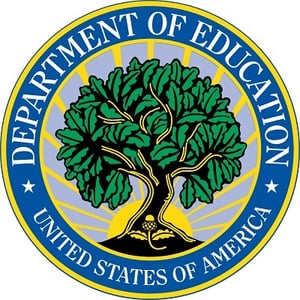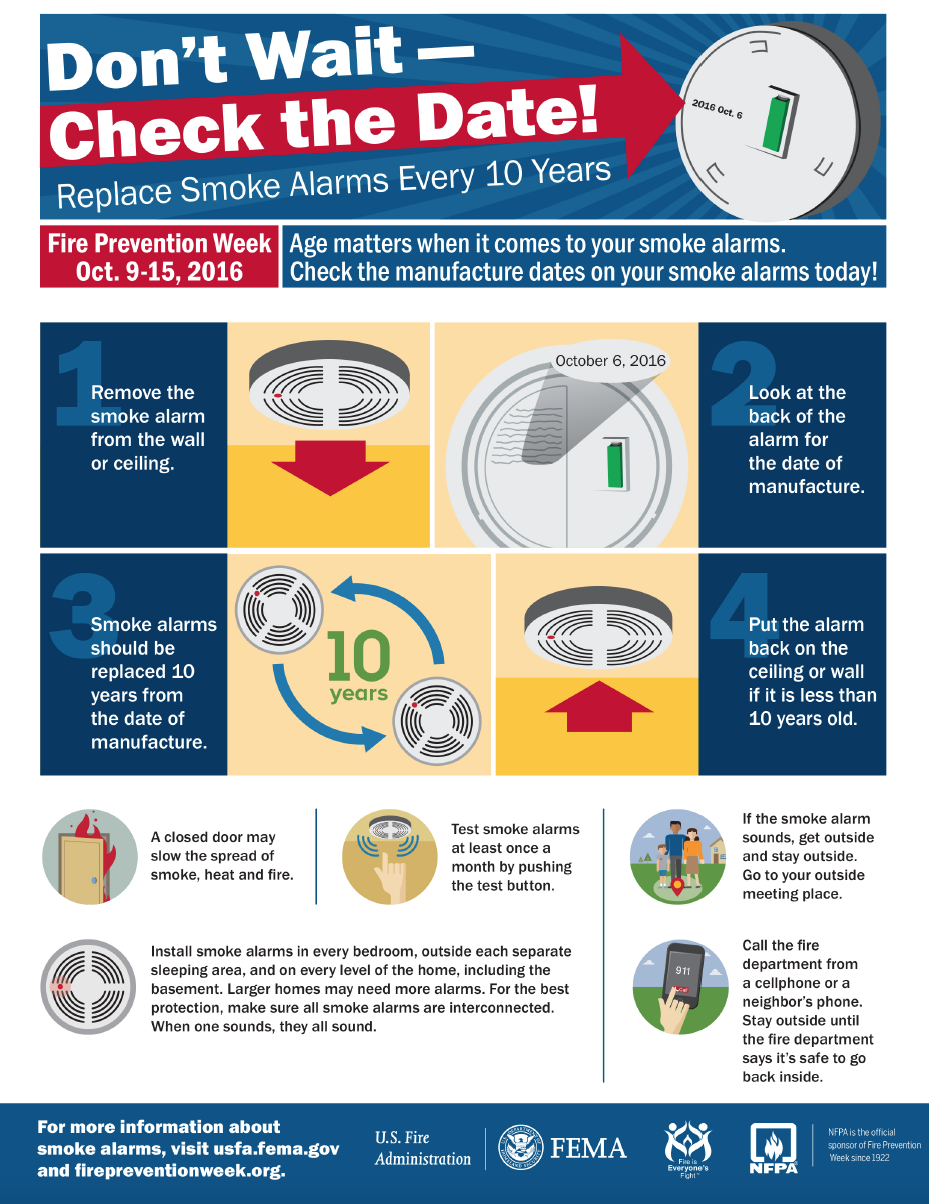
Yesterday, the Department of Education issued a non-regulatory guidance on the early learning opportunities in the "Every Student Succeeds Act (ESSA) of 2015." The guidance does not include any required actions that state and local education agencies must follow, rather, suggested activities to help strengthen early learning programs.
The guidance is summarized under three main categories:
- Expanding Access to High-Quality Learning
- Ensuring Alignment, Collaboration, and Coordination
- Supporting Educators
Expanding Access to High-Quality Learning
The Department of Education highlights existing, and the creation of new, provisions in ESSA to help state and local officials make wise investments in early learning including use of of Titles I, III, and IV funding, charter schools, Preschool Development Grants, and programs that support special populations. In addition, the guidance mentions that Title I funds may be used to help improve the quality of or extend the number of days for preschool, Head Start, child care, and other community-based early learning programs.
Ensuring Alignment, Collaboration, and Coordination
The guidance details numerous eligible activities that state educational agencies (SEA) and local educational agencies (LEA) are allowed to invest in. In addition, this section reminds SEAs that Title I state plans must coordinate with other programs that provide services to children, including CCDBG, Head Start, and IDEA.
Supporting Educators
The Department of Education includes recommendations on how to achieve better alignment of programs through focusing on professional development. SEAs and LEAs are allowed to use funds from Titles I, II, and III to support high-quality teaching and learning activities in schools and early childhood programs. In addition, the guidance points to the newly authorized Comprehensive Literacy State Development Grants programs as an example of how SEAs and LEAs can support students from birth to 12th grade through development and training.
Lastly, throughout the ESSA guidance, the Department of Education includes brief examples of practices in several states aimed at improving early learning outcomes.





